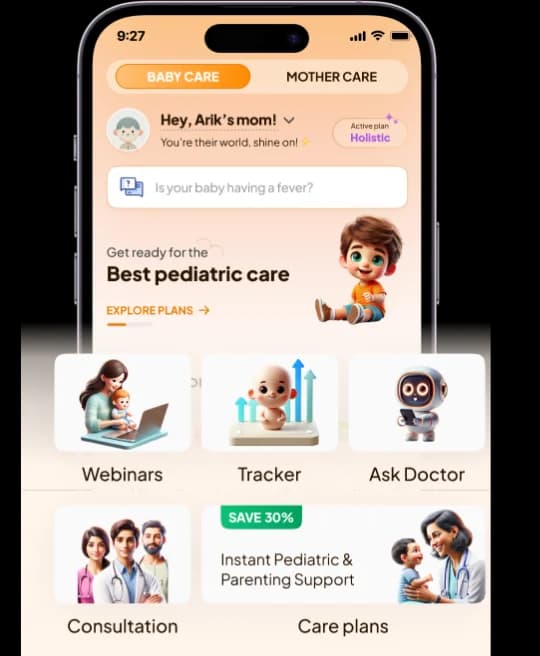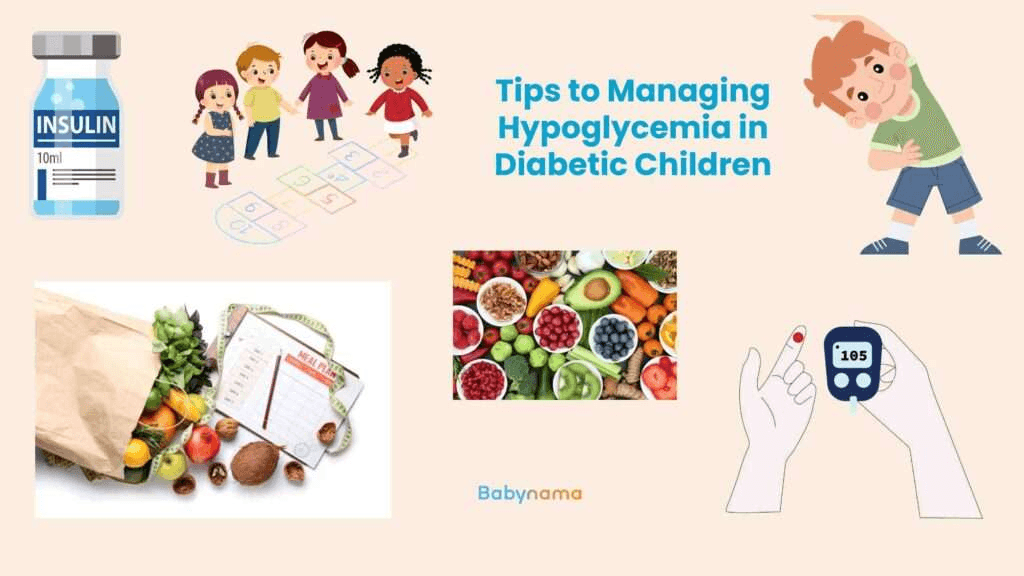
Rolling over is a 4-6 month baby development milestone, and an encouraging sign baby’s core strength is developing. Rolling helps with head and trunk strength, weight shifting, and core strength, which are all really important for gross motor development!
Is baby having a hard time getting the hang of rolling? Maybe they’re partially getting there but not completing the roll, or maybe they just don’t seem interested in rolling at all. Baby may even be rolling in one direction (it is typical for baby to roll from belly to back first) but not the other. All of these are ok! Some little ones just need a little more encouragement or support to roll over. Here’s how you can get your baby “on a roll”!
Is your baby ready to roll?
Look for these signs:
- Head Lifter: Can your baby hold their head high while lying on their tummy?
- Tummy Time Toy Grabber: Does your baby reach for enticing toys while on their tummy?
- Strong Neck: Notice a significant improvement in your baby’s neck muscle control?
Here are some tips to encourage rolling:
- Keep up with Tummy Time. This exercise helps to strengthen neck and core. It also gives baby time to try rolling, because they are in the right position. Tummy time is also a great position to start practicing weight shifting which is needed to roll. If baby gets the hang of rolling in Tummy Time but then won’t stop rolling over, here are some tips.
- Encourage baby to reach for toys while they are on their tummy. This will help them learn to shift their weight since they have to shift to one side in order to reach.
- Use a toy or a sound to get baby to turn their head. Where the head goes, the body will usually follow. Use toy or music and have baby turn their head. If using a toy, start with the toy in baby’s field of vision and then move it out. Move the toy in the direction you want them to roll.






